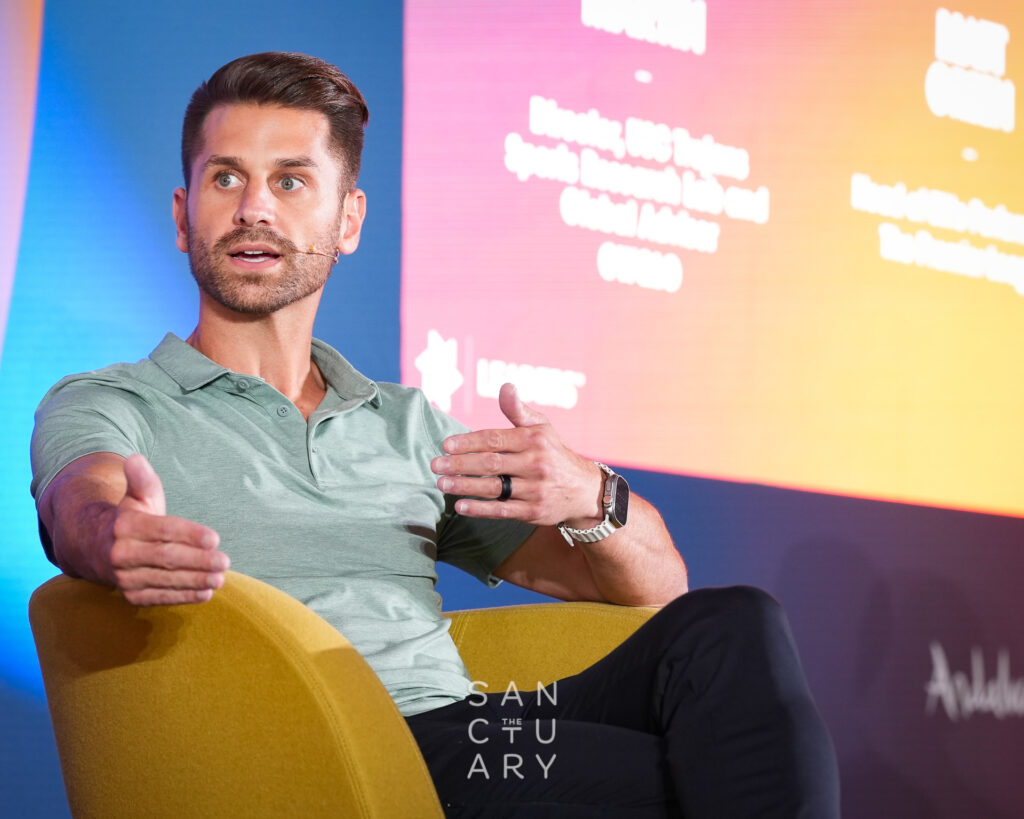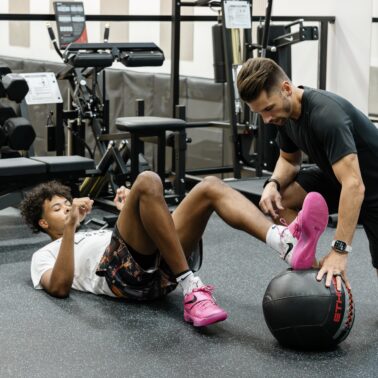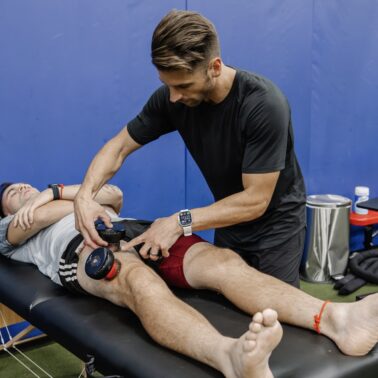Approximate Read Time: 7 minutes
“We need to stop building systems that manage athletes—and start building systems that empower them.”
What You will learn
- Why athlete health must be measured in meaning, not just metrics
- What real ownership of athlete health looks like
- The friction between private care and team systems, and how to reconcile them
- When data empowers athletes vs. when it controls them
- What the future of athlete-first performance systems should look like
I’ve sat across from elite athletes on treatment tables in silence. I’ve watched them comply with protocols. I’ve handed them wearables, loaded their force plate data, and monitored them through every step of return-to-play.
But in Spain—on a panel with FIFPRO, the Premier League, and USC—I wasn’t there to measure athletes. I was there to talk about how we design systems that listen to them.
This panel wasn’t about new tech. It wasn’t about injury data. It was about asking a harder question:
“What does it actually mean for an athlete to own their health?”
And are we brave enough to build systems that support that?
Athlete Health Has Been Measured. But Has It Been Heard?
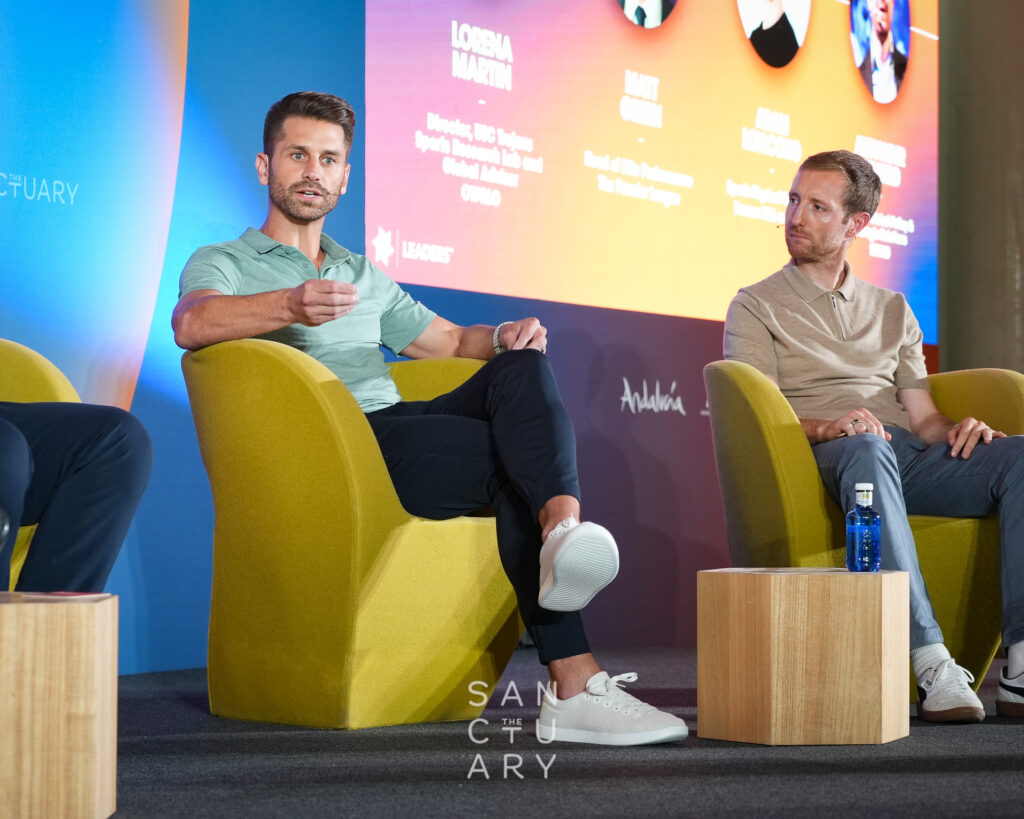
We live in the era of hyper-tracked athletes. GPS metrics, sleep scores, HRV curves. But there’s a difference between collecting data on an athlete and building a system for them.
When we talked about athlete health on that panel, we weren’t talking about VO2max or vertical jump. We were talking about agency, trust, and shared decision-making.
“Athlete health can’t just be measured in metrics. It has to be measured in meaning.”
What “Ownership” Really Looks Like
Ownership isn’t just having access to data—it’s having a say in how that data is interpreted and acted upon.
In my experience, athletes begin to disengage when:
- Protocols are handed down without explanation.
- Technology is used as surveillance, not support.
- They’re treated as subjects in a system, not collaborators in their care.
“Real ownership starts when athletes are invited to be co-creators of their care—not just consumers of it.”
Real ownership looks like an athlete walking into a treatment room and being asked,
“Here’s what the data suggests—how do you feel?”
That small shift changes everything.
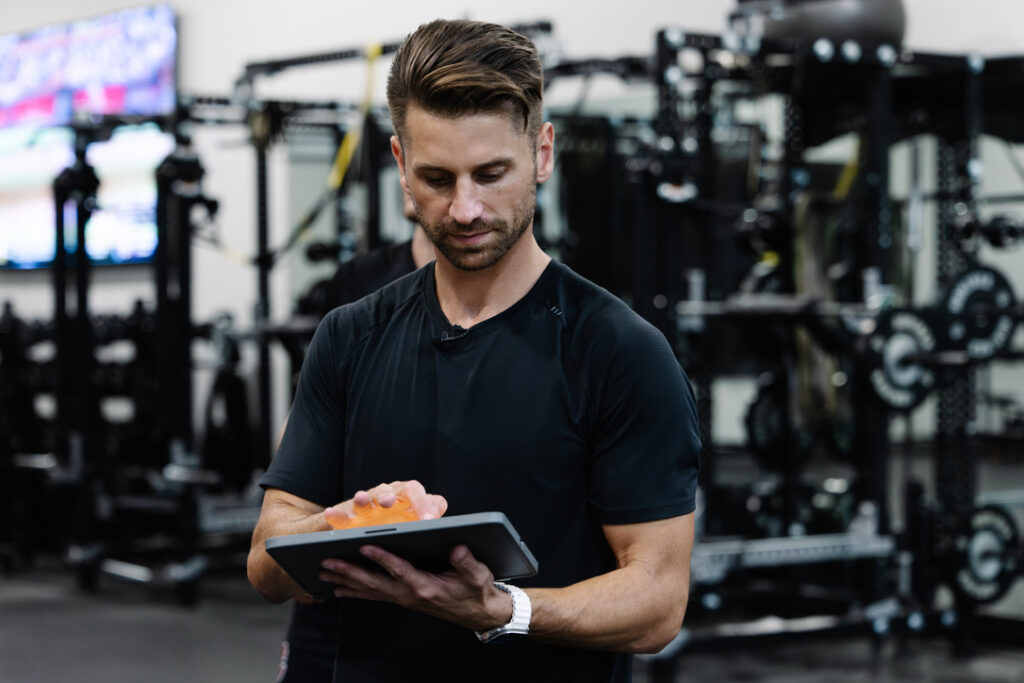
The Tension: Autonomy vs. Standardization
One of the most powerful moments on the panel was when we explored the friction between offseason private care and team-led in-season care.
The NBA’s latest CBA now mandates minimum standards for private providers—recognizing a reality we’ve all seen. Athletes are investing in their own teams, even while under contract with another.
We need systems that can support both:
- Standardized safety
- Personalized execution
- Shared responsibility
That’s not easy. But it’s necessary.
When Data Supports… and When It Controls
Every athlete I’ve worked with knows when they’re being tracked for their benefit versus for someone else’s reassurance.
Data becomes empowering when:
- It informs collaborative decisions.
- It builds consistency in rehab or workload.
- It gives athletes something to anchor their own intuition to.
But data becomes oppressive when:
- It’s weaponized in contract negotiations.
- It’s presented without context.
- It’s used to override athlete feedback.
“If we don’t build trust first, the tech doesn’t matter.”
From Research and Policy to Practice
One of the final questions we explored was:
“Why does so much great science never make it to the athlete?”
The answer? Translation.
FIFPRO has outlined 12 workload safeguards based on best practice, but implementation lags because systems aren’t built with frontline providers and athletes in mind.
Good research fails when the delivery doesn’t match the reality of the locker room.
That’s where practitioners—like you and me—come in. We are the translators.
The Future We Need to Build
In our closing round, we were asked to imagine the year 2030:
Athletes fully own their health. What changed?
My answer:
We stop building systems that manage athletes—and start building systems that empower them.
The future of athlete health isn’t in another sensor or software platform.
It’s in conversations.
It’s in consent.
It’s in collaboration.
The more we embed athletes into the design of their health and performance plans, the more resilient, informed, and successful they’ll become.
And isn’t that the whole point?

Related Podcasts from Finding Small Wins:
- Episode: Innovative Practices with Jordan Webb
- Episode: Conditioning, Longevity & Fads with Joel Jamieson
Related Articles from AdamLoiacono.com:
- The Continuum: Training Does Not Equal Rehab
- 10 Principles of Return to Play
- Pain as a Protective Mechanism
References:
- FIFPRO. (2022). At the Limit: Player Workload Monitoring in Elite Men’s Football. Link
- Gabbett, T. J. (2016). The training—injury prevention paradox: should athletes be training smarter and harder?British Journal of Sports Medicine. Link
- NBA-NBPA Collective Bargaining Agreement (2023): Health & Performance Provisions. Link
